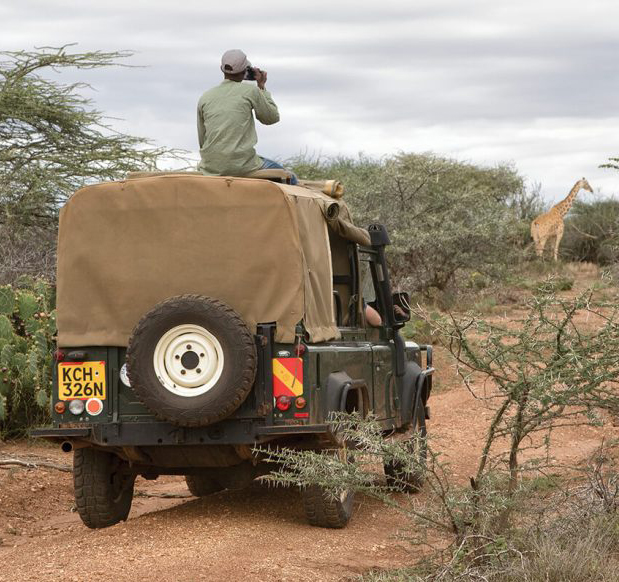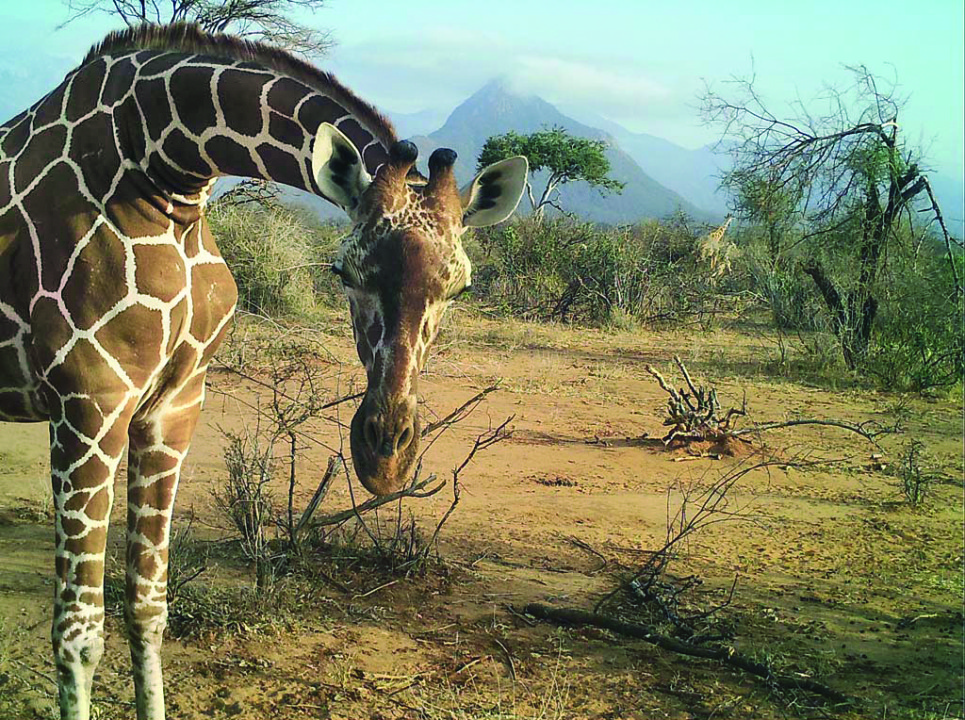Calling for Citizen Scientists
San Diego Zoo Global conservation researchers have huge amounts of observations and data to sort, review, track, and analyze. It can bog a project down—but with today’s technology, they can get some help from thousands of friends!
Such was the case with a project studying giraffes in Kenya. To better understand giraffe habitat preferences, the presence of livestock, and the diversity of wildlife across the areas, 112 motion-activated field cameras had been installed throughout the area. Data revealed in the photos would help guide strategies to protect critical giraffe habitat. Community-led conservation researchers, called the Twiga Walinzi (“giraffe guards” in Swahili), monitored the giraffes and maintained the cameras, retrieved the memory cards, conducted surveys and community outreach, and removed snares from the habitat. After one year, about one million images had been collected from Loisaba Conservancy and Namunyak Community Conservancy.
The question arose: how could they most efficiently process the data? That was the beginning of a San Diego Zoo Global citizen science project called Wildwatch Kenya. Through an online software platform, people from around the world could review and classify the images right from their own computers. Each image would be vieweded by several volunteers to confirm the species seen in the photo and help classify what the image showed happening. This “crowsourcing” made it possible to go through 500,000 photos in 6 months—something that could have taken the individual researchers years to do. With the public’s help, the giraffe research team was able to start analysis and interpretation of the data much sooner, and start making recommendations for conservation strategies. And the project is ongoing today!

